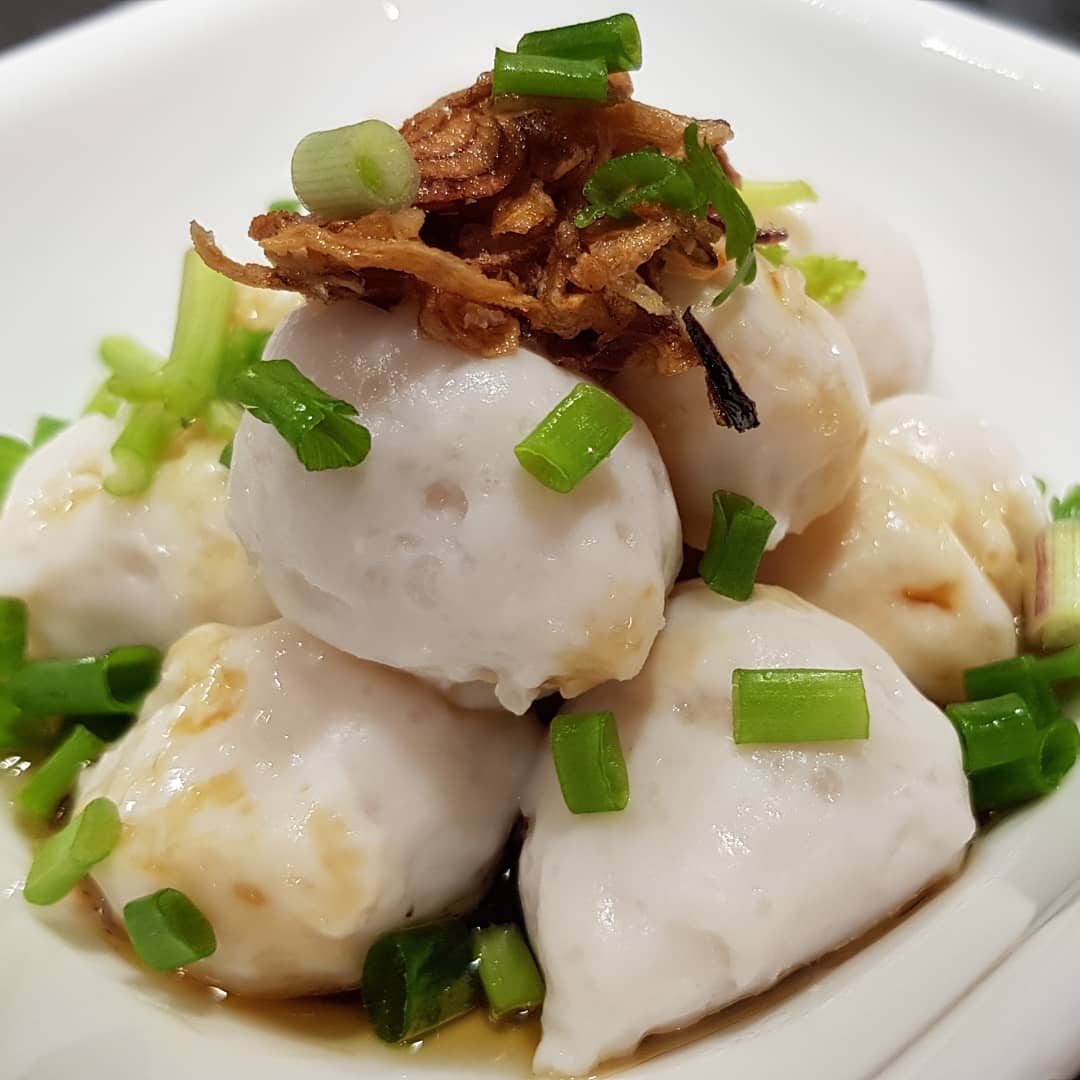
ALL YOUR QUESTIONS ABOUT HOMEMADE FISH BALLS ANSWERED
Share
Legend has it that fishballs originated all the way back in the Qin Dynasty. It is well-known that Emperor Qin Shi Huang was a fish lover and demanded for fish with every meal. However, it came with a condition that the fish served to him must not have any bones found in it. If any fish served to Qin Shi Huang was found to have bones in it, the chef who prepared the meal would be executed. It was very stressful for chefs to prepare fish dishes for the Emperor while fearing for their lives. One day, a very stressed out chef used his chopper to smash the fish as he found that it was much easier to remove the bones that way. But at the same time, the fish were getting minced up into paste. At that moment, the call to prepare the Emperor's meal came. In a moment of panic, the chef hurriedly squeezed some paste into small balls and threw into a boiling pot of soup. He then served the Emperor these fish balls in soup, and it turned out to be surprisingly well-received by the Emperor. This method of making fish balls soon spread all over China and where there were Chinese, with each group making adjustments along the way according to the fish and ingredients available in their region.
Perhaps it is this same reason behind how fish balls were first made for Emperor Qin Shi Huang that it became popular with parents here in Singapore. Fish balls are so much less intimidating — no need to fear for bones, plus it has a nice bouncy texture that kids love.
However, with the industrialisation of our food industry and the pressure to keep food costs low, some factory-made fish balls have resorted to adding higher proportions of flour and unnatural additives, with some even using inferior quality seafood or fish.
If you'd like to ensure that your family eats pure fish balls, you might be better off making them on your own, or by getting our 100% pure fish paste.
If you'd like to make them on your own, here's a simple infographic to get you started!

Many people think that it's necessary to add starch and MSG to the fish to make the fish balls bouncy and for the fish to stick together. It's actually not necessary and pure hard work throwing the minced fish repeatedly is sufficient. The concept behind throwing the fish meat vigorously is similar to the concept of kneading bread dough. Just like how gluten strands are tangled during the kneading process, protein strands in the fish is tangled and air is forced out during the throwing process. Throwing the meat vigorously 50 times is a good guide to getting the springy texture. At this point, the paste should feel very smooth, without any bumps. When pressed, the paste should be firm and not mashy. Repeat the throwing process if you until you get that smooth, glue-like texture. While all fish when mashed can be shaped into balls, it is important to use fresh fish with good "gel-forming" abilities if you want the balls to form together well and be bouncy. In Singapore, it is common to use Spotted Spanish Mackerel (马鲛鱼) and Yellowtail (黄尾鱼) to make fish paste for those reasons.
(Special credits to Audra for the featured image of homemade fishballs using yellowtail fish.)
